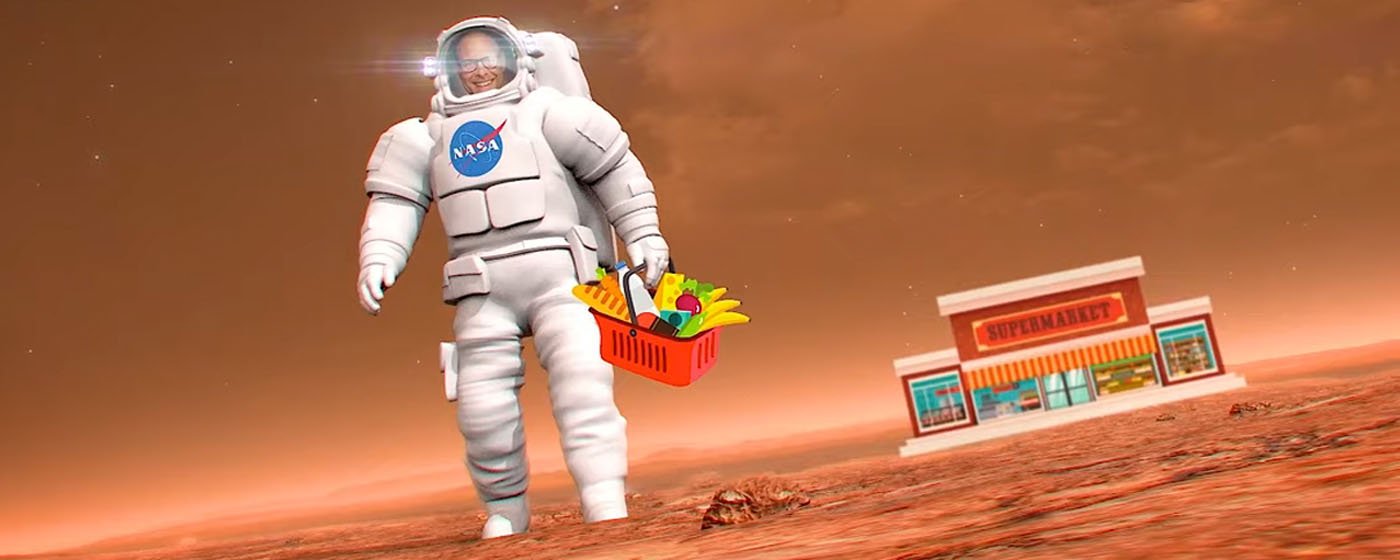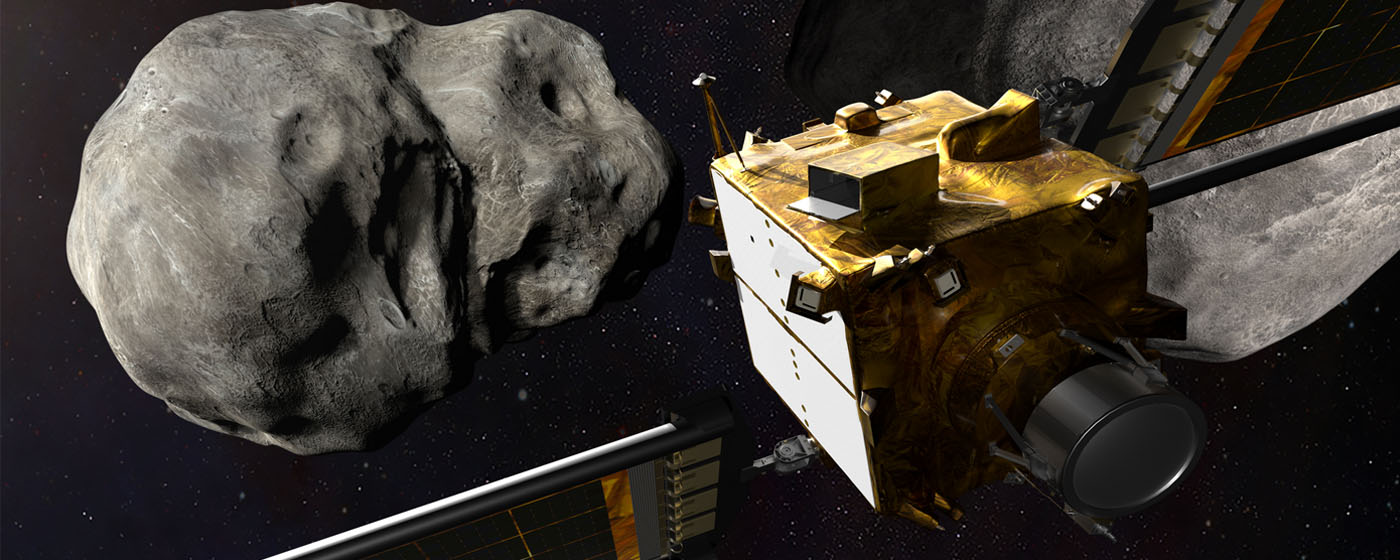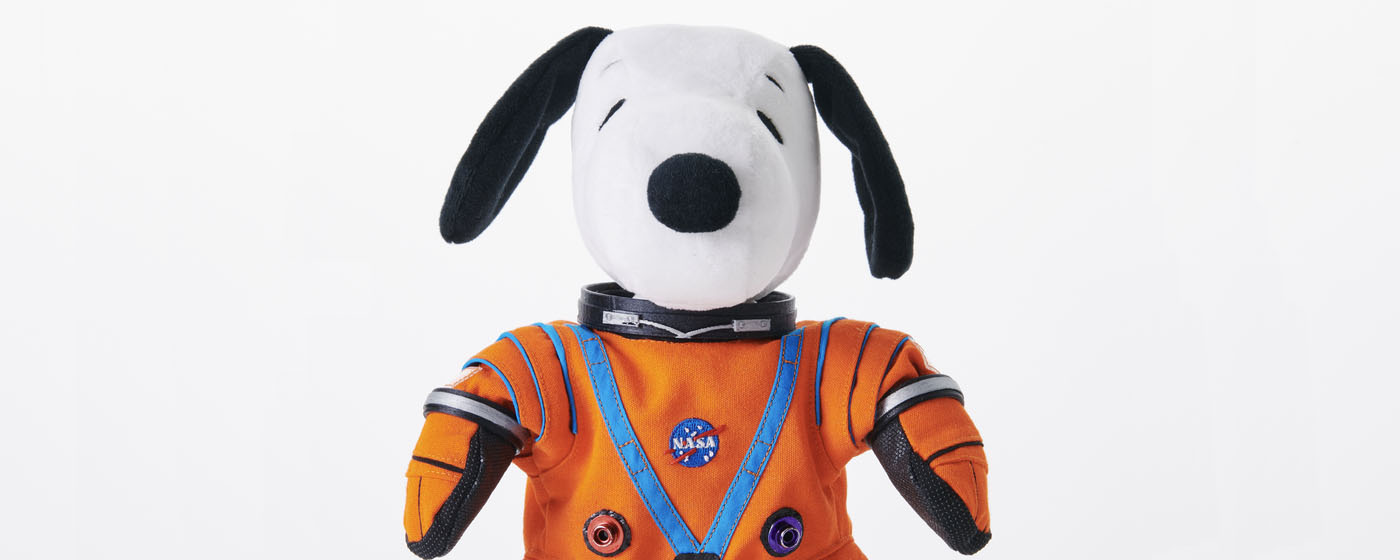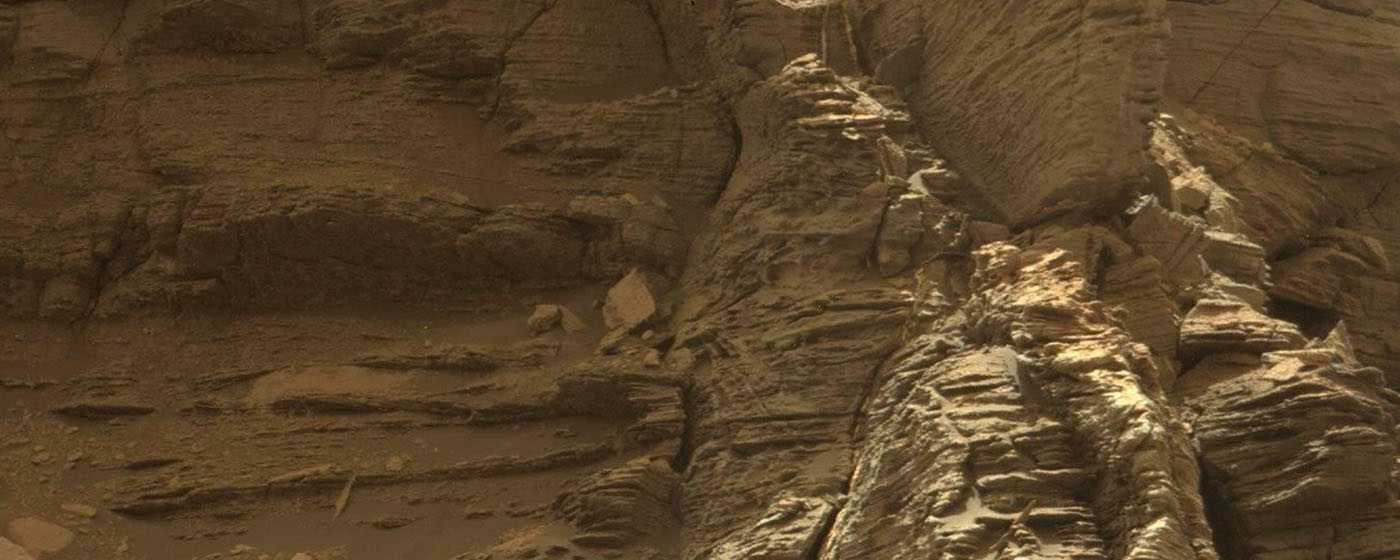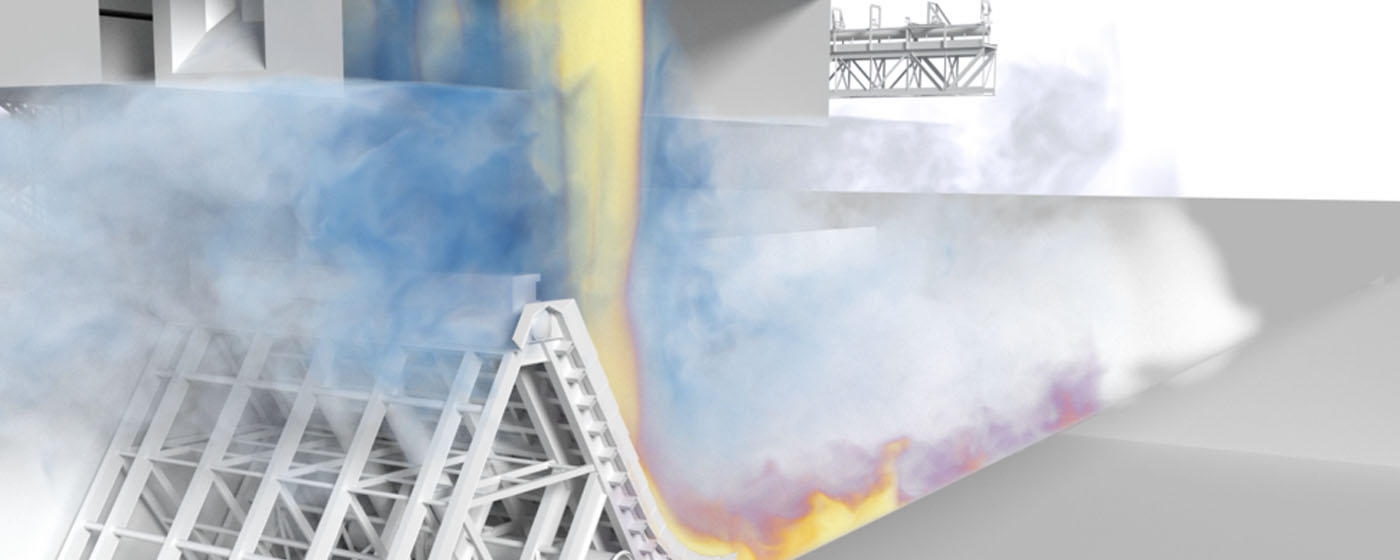Deep Space Food Challenge Winners Announcement Show
Variety, nutrition, and taste are some considerations when developing food for astronauts. In coordination with the Canadian Space Agency, NASA’s Deep Space Food Challenge saw students, chefs, small businesses, and others whipping up novel food technology designs to bring new solutions to the table. The winners show includes guests NASA Administrator Bill Nelson, NASA Deputy Administrator Pam Melroy, celebrity chef Martha Stewart, and retired NASA astronaut Scott Kelly.
DART on Target: Six Questions with Mission Manager Clayton Kachele
The Double Asteroid Redirection Test (DART) mission is a planetary defense-driven test of technologies for mitigating the threat of potential impact by a hazardous asteroid. DART’s target asteroid is not a threat to Earth. Clayton Kachele, the mission manager for DART at NASA’s Marshall Space Flight Center in Huntsville, Alabama, gives insights into the mission.
Snoopy to Fly on NASA’s Artemis I Moon Mission
For more than 50 years, Snoopy has contributed to the excitement for NASA human spaceflight missions, helping inspire generations to dream big. NASA has shared an association with Charles M. Schulz and Snoopy since Apollo missions and continues under Artemis with new educational activities. Up next – Snoopy will ride along as the zero-gravity indicator on Artemis I.
How NASA’s Curiosity Rover Is Making Mars Safer for Astronauts
A radiation sensor aboard NASA’s Curiosity Mars rover is providing new data on the health risks humans would face on the Red Planet’s surface. Unlike Earth, Mars doesn’t have a magnetic field to shield it from the high-energy particles whizzing around in space. That radiation can wreak havoc on human health, and it can seriously compromise the life support systems that Mars astronauts will depend on, as well.
6 Things to Know About Supercomputing at NASA
From exploring the solar system and outer space to improving life on Earth, supercomputing is vital to NASA missions. Learn how these powerful machines enable science and engineering advances.
For more information or to learn about other happenings at NASA’s Marshall Space Flight Center, visit NASA Marshall. For past issues of the ICYMI newsletter, click here.




























